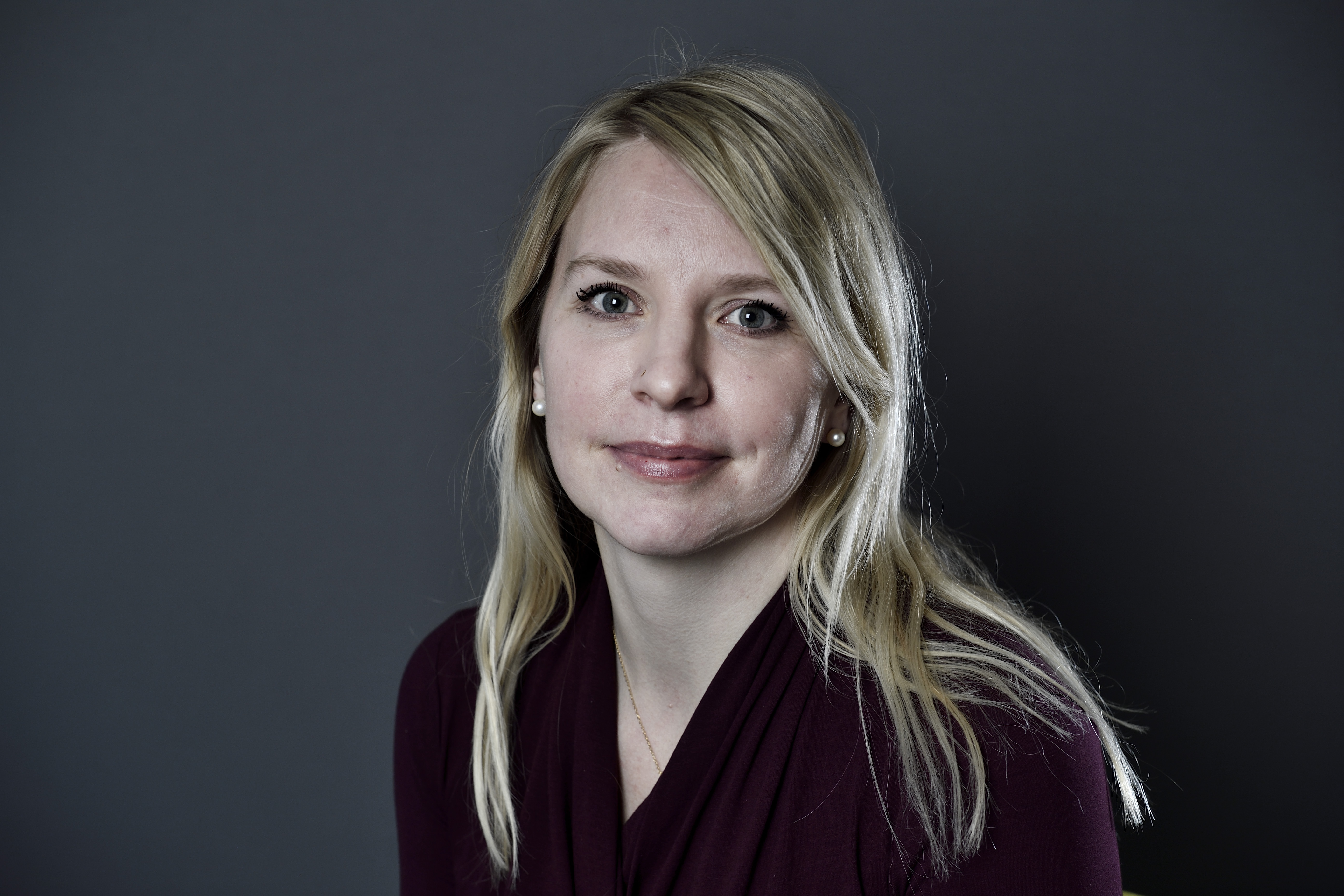Anne Mette Nyvad
Research leader

Project title
At the Edge of Language - An Investigation into the Limits of Human Grammar
What is your project about?
The project focuses on a particularly Scandinavian phenomenon which is at the edge of what is possible in language. In a Danish sentence such as “Den film kender jeg mange der har set”, “den film” has in a sense been extracted from the embedded clause, since it must be interpreted as the object of “set”. This type of sentence, known as an island, is not possible in English, and until data from the Scandinavian languages emerged, it was thought to be impossible across all languages. However, even in Danish, not all island structures are equally good: An otherwise structurally parallel sentence such as “Det kender jeg Peter der har set” is not nearly as acceptable. The purpose of this project is to explore and map the boundary between what is grammatically possible and impossible.
How did you become interested in your particular field of research?
I have always been deeply fascinated by language and the wondrous yet remarkably systematic ways in which it works. It is an intangible organism of sorts, and like biological systems, it may lead us to ponder: Which properties are universal, which are subject to variation, and how can we explain the differences? By exploring the outer edges of grammar, the project may bring us closer to answering these fundamental questions about the nature of language.
What are the scientific challenges and perspectives in your project?
Although we know that the phenomenon at the center of this project is found in Danish, it is not clear how widespread or systematic it is. The studies that have been conducted so far have focused on small pockets of empirical data which have not been gathered according to the same principles, and hence comparisons across languages and methodological approaches have not been feasible. Islands primarily occur in spoken language, and it will be a challenge to collect and classify such naturally occurring sentences, which will subsequently form the basis for psycho- and neurolinguistic experiments in both Danish and English. However, the results of these efforts may fundamentally shift our knowledge of Danish specifically and our understanding of the constraints on language in general.
What is your estimate of the impact, which your project may have to society in the long term?
One of the aims of this project is to develop a theoretical model, based on a wide array of psycho- and neurolinguistic data, which may ultimately benefit language technology developers as well as first and second language educators. The more we understand about the underlying structures and mechanisms of language, the better we will be able to equip both machines and people with appropriate tools. In addition, the project findings may raise awareness about the Danish language on the international stage of linguistics.
Which impact do you expect the Sapere Aude programme will have on your career as a researcher?
First and foremost, the grant will give me a unique opportunity to expand my international research networks, as I will enter into collaboration with experts at the forefront of research in the field, both in Denmark and abroad. The grant will also provide the means for investigations that are deeper and wider than those carried out to date, and which may lead to groundbreaking results that will gather international attention, potentially giving rise to the revision of fundamental elements in internationally established linguistic frameworks.
View all research leaders here
Research institution
School of Communication and Culture, Department of English
Research field
Linguistics
City of your current residence
Aarhus
High school
Thisted Gymnasium
